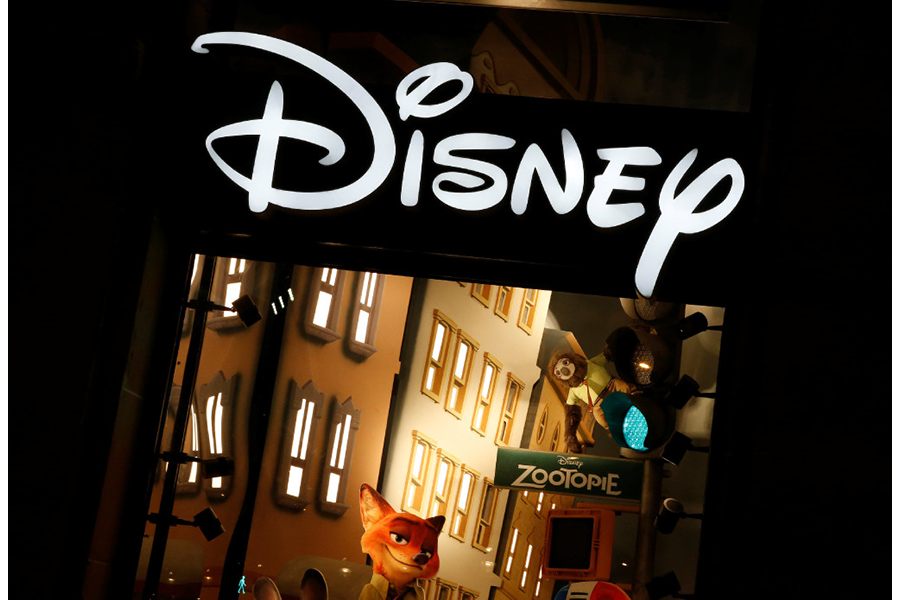Why would Disney want to buy Twitter?
Loading...
Days after rumors of a potential Twitter acquisition broke, Disney emerged as a possible buyer for the social media platform on Monday, according to reports. While the announcement came as a surprise to some, analysts believe Disney could tailor Twitter to meet its needs in the shifting age of online streaming, making the social media platform a vital tool to amplify Disney's viewer base.
Twitter, which has survived for a decade as an independent social media company and boasts some 313 million users, has struggled over the past few years to compete with other social networks such as Facebook, Snapchat, and Instagram in terms of user and advertising growth. Analysts say a lack of innovation and direction have caused the service to stagnate, but many larger companies still see the value in using the service to augment their own missions.
Whether independent or under new ownership, Twitter will have to reconcile its loosely defined past with a new focus going forward.
The link between Disney, an entertainment company that has built a business around video, and Twitter, a social media site whose claim to originality lies in the brevity of 140-character tweets, may not seem clear at first glance. But more people are canceling their cable subscriptions and turning to mobile devices for entertainment on the go, and acquiring Twitter could provide Disney with a platform to showcase its content.
Twitter has already made the leap into video streaming, cutting deals with the NFL and airing Monday’s presidential debate. These forays into online streaming have piqued the interest of potential buyers.
“I thought Twitter actually did a very good job last week – interestingly enough that platform was powered by BAMTech [a company Disney has a 33 percent stake in] last week, and will be [moving forward], which I think says a lot about that platform,” Robert Iger, the chief executive of Disney, told The Chicago Tribune. “Because it was very stable. I checked it out, as did a lot of people. And I thought it was quite a good experience. They did a good job.”
Disney has joined companies the ranks of Google and Salesforce.com, Inc., in the rumored fight for Twitter. News of a possible sale caused the social media platform’s value to jump from $13 billion to $20 billion. While investors clearly see value in the platform, how they would utilize it likely differs.
For the family friendly Disney, Twitter may have to crack down on the abuse it’s become somewhat notorious for, turning the platform into a place for consumers to connect over video content. Others, like Salesforce, see the value in garnering customer data to determine consumer trends.
With ESPN and ABC already under Disney’s umbrella, the world’s largest media company’s interest in maintaining its relevance through the digital era is transparent. Plus, the two entities already have close ties: Twitter’s chief executive officer Jack Dorsey sits on the Disney board, and has long been a mentee of Mr. Iger, who spoke to Twitter’s leadership earlier this year.
“He talked about his transformation of Disney,” Mr. Dorsey said in a March interview, according to Bloomberg. “They were at the bottom and he brought a strong optimism. He focused on creativity and excellence. And he made some bold moves. It’s resonated very well with folks. It’s what we needed to hear.”






